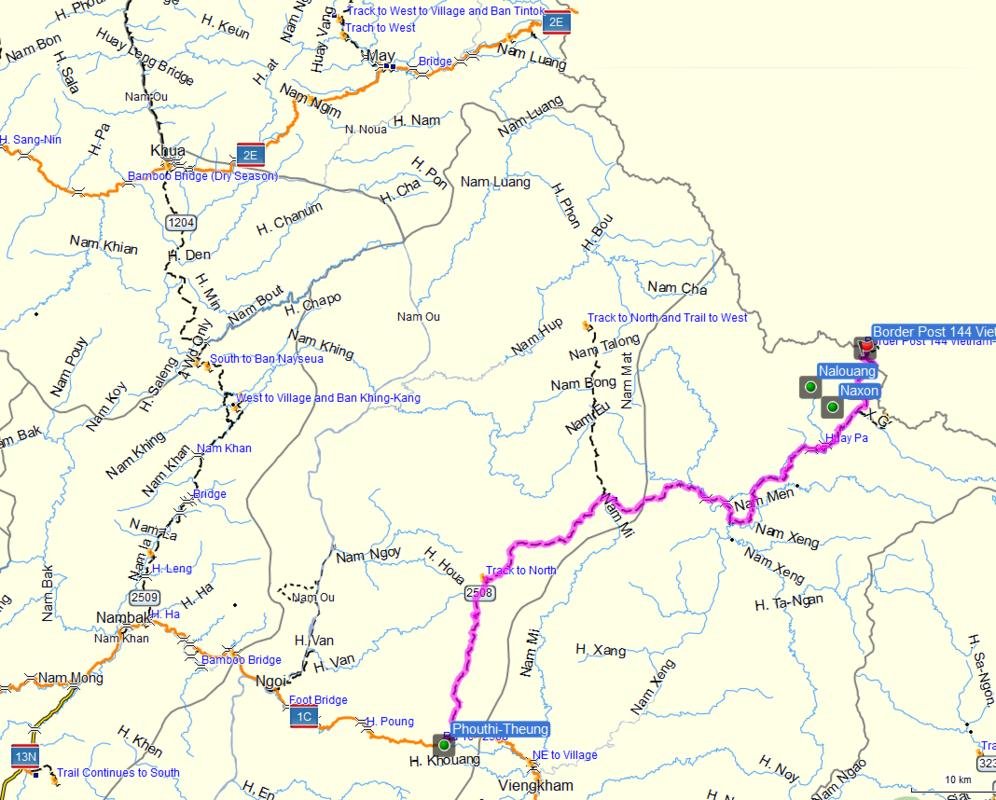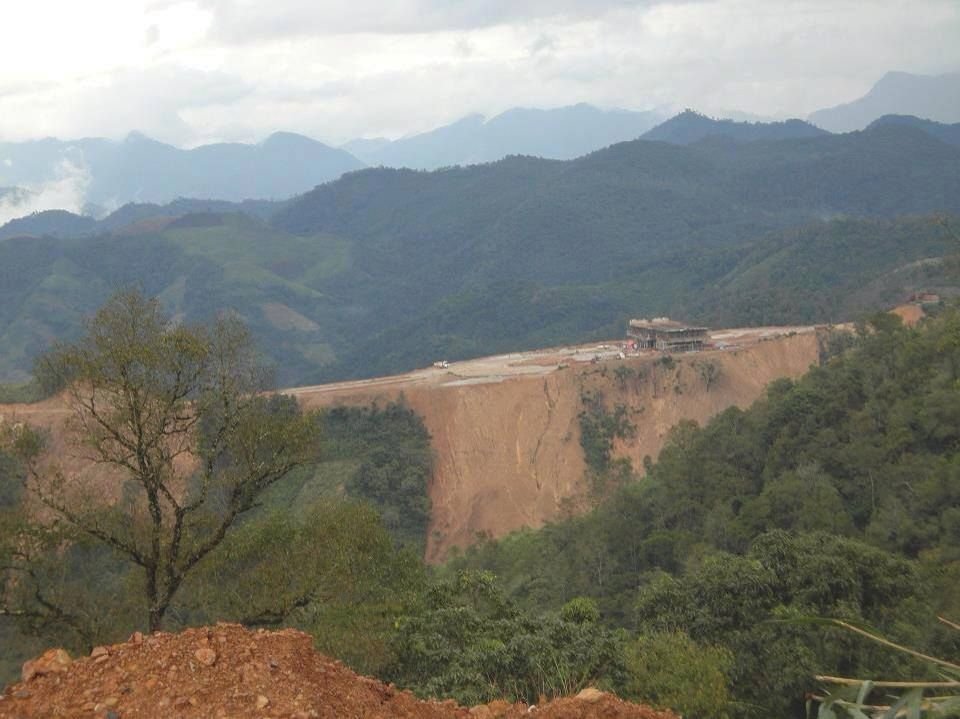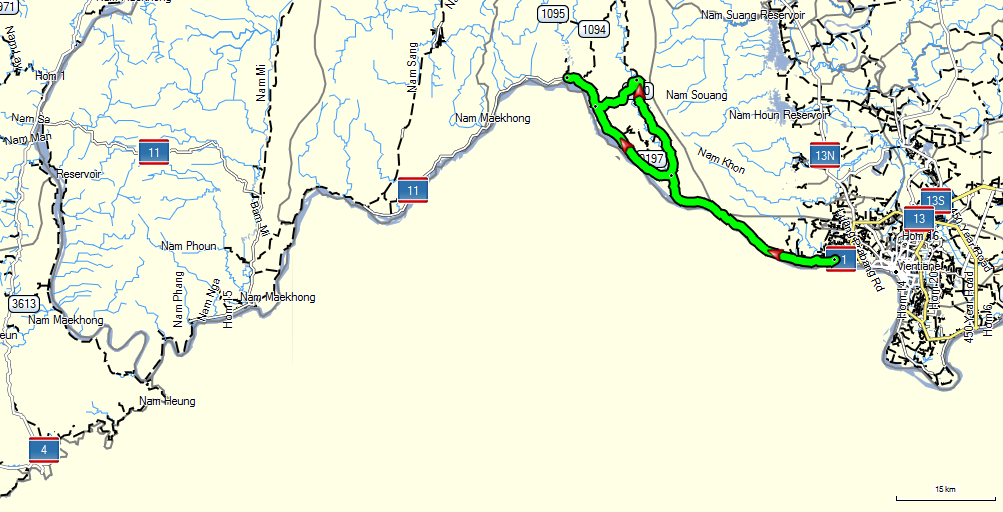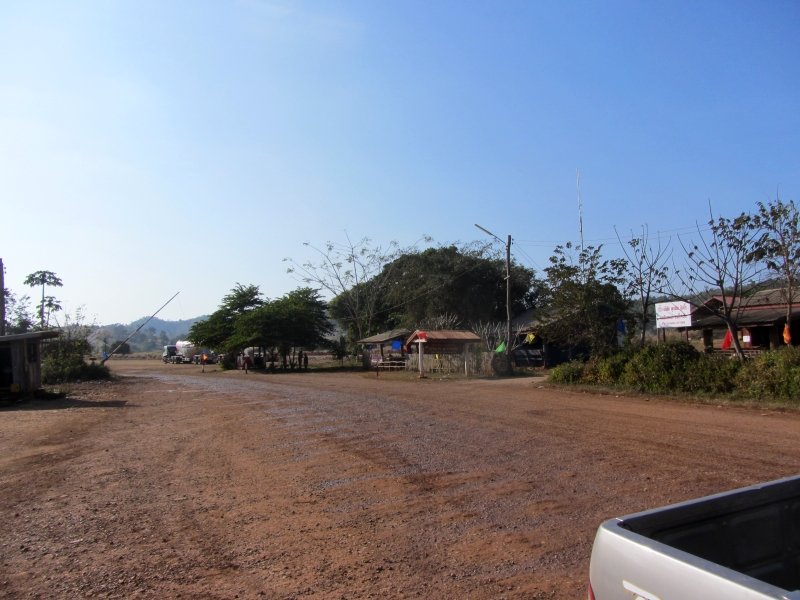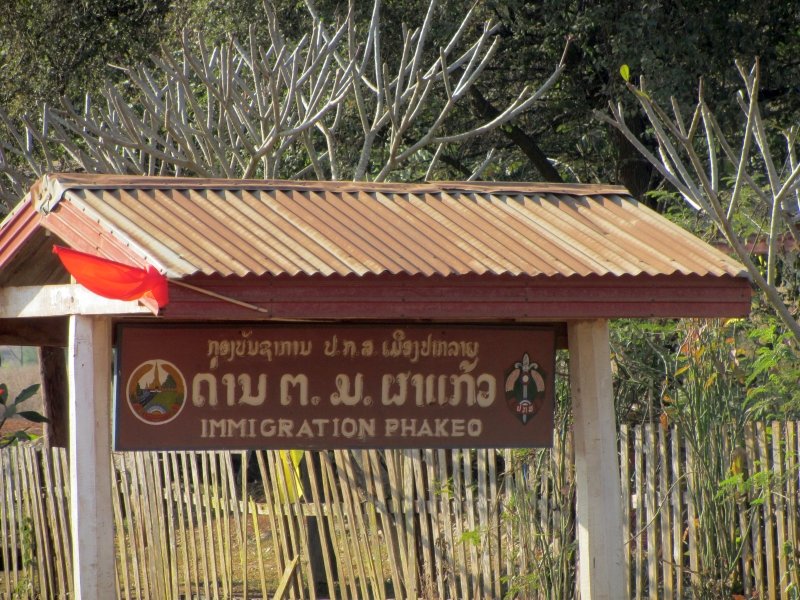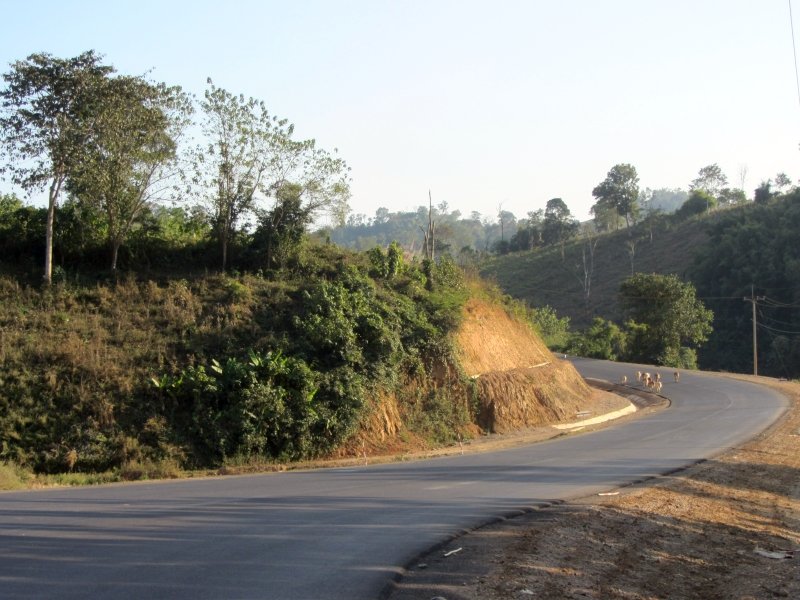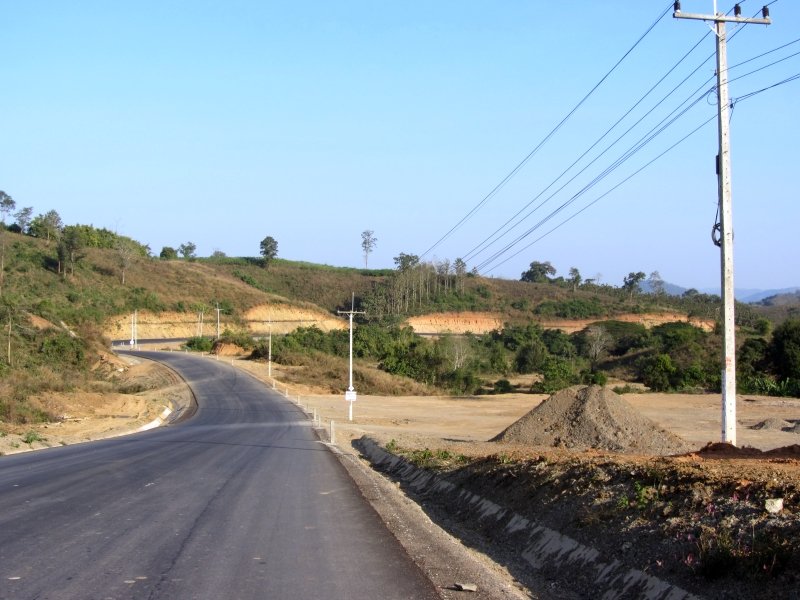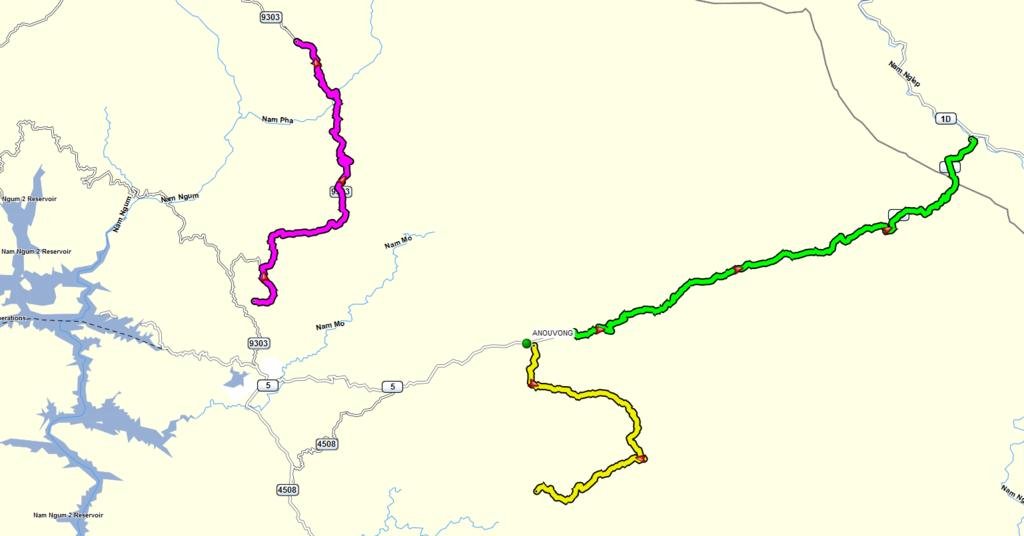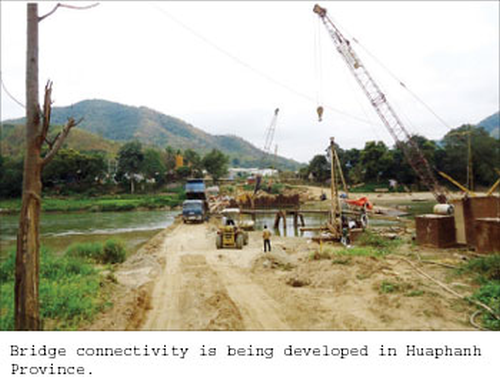Lone Rider
Blokes Who Can
Upgrading Road 4501 from Hinheup on Road 13 North to Ban Vang on Road 11 on the Mekong via Feuang and Meun District
The Heuangsy Bridge Construction Company is rebuilding the road at a cost of more than US$168 million in a bid to create a viable transport link with roads in other Asean countries. “We began work in March in Meuangfeuang district and have so far done almost 1 percent of the job,” company President Mr Sisavat Vongvilay told Vientiane Times on Tuesday. The company will invest the necessary capital and the government will repay them within a period of 10 years beginning in 2016. The 132 kilometre road runs from Hinheup district to Xanakham district through the two districts of Meuangfeuang and Meun. The new highway will be paved with two layers of asphalt and will have 16 concrete bridges. The road will run to the Thai border and the checkpoint in Vang village will be upgraded to an international crossing in the future.
Mr Sisavat said that in the urban centres of Hinheup, Meuangfeuang and Meun districts the road will be widened to 14 metres, but in the centre of Xanakham district it will be widened to 22 metres because at this point it will link to roads from other Asean countries. Goods trucks from the north of Laos and trucks coming from China will be able to use the road to transport goods to Thailand. It will also help to reduce congestion on Road No. 13 North. The road connects with National Highway No. 11 along the Mekong River in the west and links with Road No. 13 North in Hinheup district. Currently, the road is seriously degraded and is full of potholes. In addition, trucks cannot use this route as the existing metal bridges are too old and weight limits are imposed.
By Khonesavanh Latsaphao
Extracted from: Vientiane Times
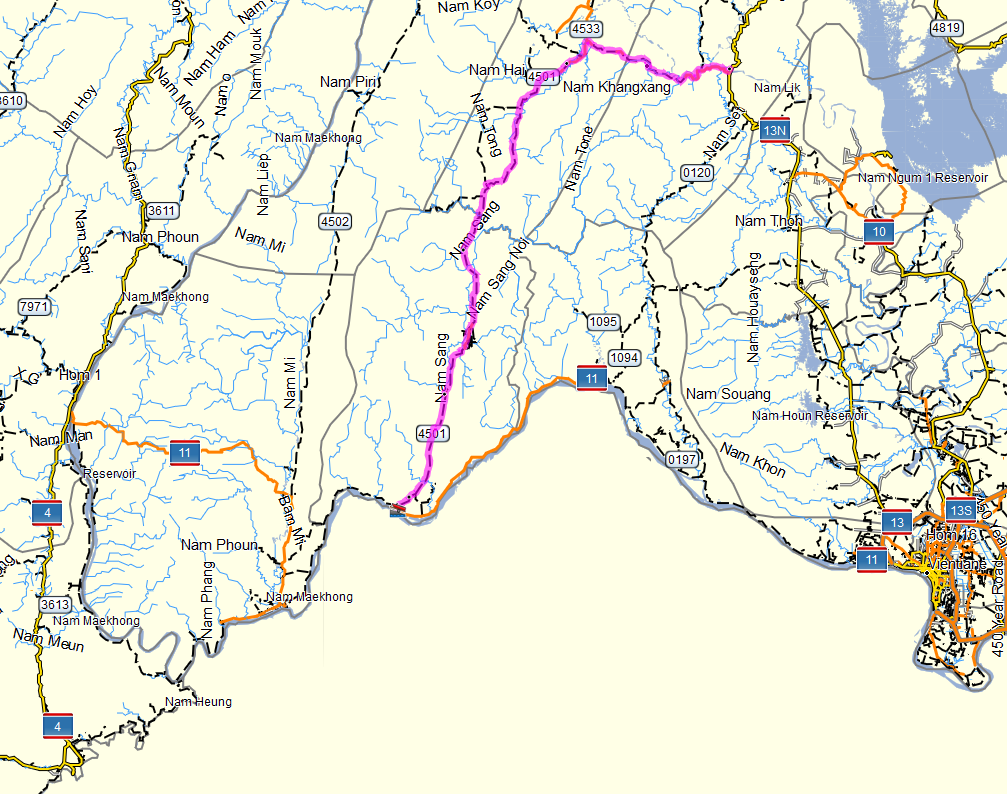
Note by LR. The local border crossing from Ban Vang in Laos to Ban Kok Phai in Thailand was supposed to have become International a few years ago. It looks like that, once Rd 4501 is paved, this now might happen in 2016.
The Heuangsy Bridge Construction Company is rebuilding the road at a cost of more than US$168 million in a bid to create a viable transport link with roads in other Asean countries. “We began work in March in Meuangfeuang district and have so far done almost 1 percent of the job,” company President Mr Sisavat Vongvilay told Vientiane Times on Tuesday. The company will invest the necessary capital and the government will repay them within a period of 10 years beginning in 2016. The 132 kilometre road runs from Hinheup district to Xanakham district through the two districts of Meuangfeuang and Meun. The new highway will be paved with two layers of asphalt and will have 16 concrete bridges. The road will run to the Thai border and the checkpoint in Vang village will be upgraded to an international crossing in the future.
Mr Sisavat said that in the urban centres of Hinheup, Meuangfeuang and Meun districts the road will be widened to 14 metres, but in the centre of Xanakham district it will be widened to 22 metres because at this point it will link to roads from other Asean countries. Goods trucks from the north of Laos and trucks coming from China will be able to use the road to transport goods to Thailand. It will also help to reduce congestion on Road No. 13 North. The road connects with National Highway No. 11 along the Mekong River in the west and links with Road No. 13 North in Hinheup district. Currently, the road is seriously degraded and is full of potholes. In addition, trucks cannot use this route as the existing metal bridges are too old and weight limits are imposed.
By Khonesavanh Latsaphao
Extracted from: Vientiane Times

Note by LR. The local border crossing from Ban Vang in Laos to Ban Kok Phai in Thailand was supposed to have become International a few years ago. It looks like that, once Rd 4501 is paved, this now might happen in 2016.




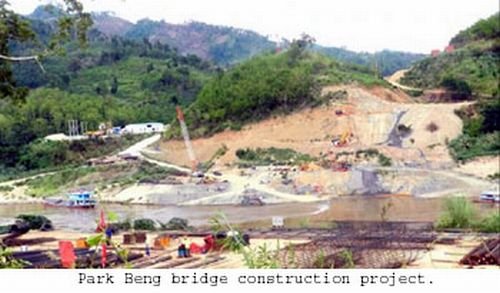



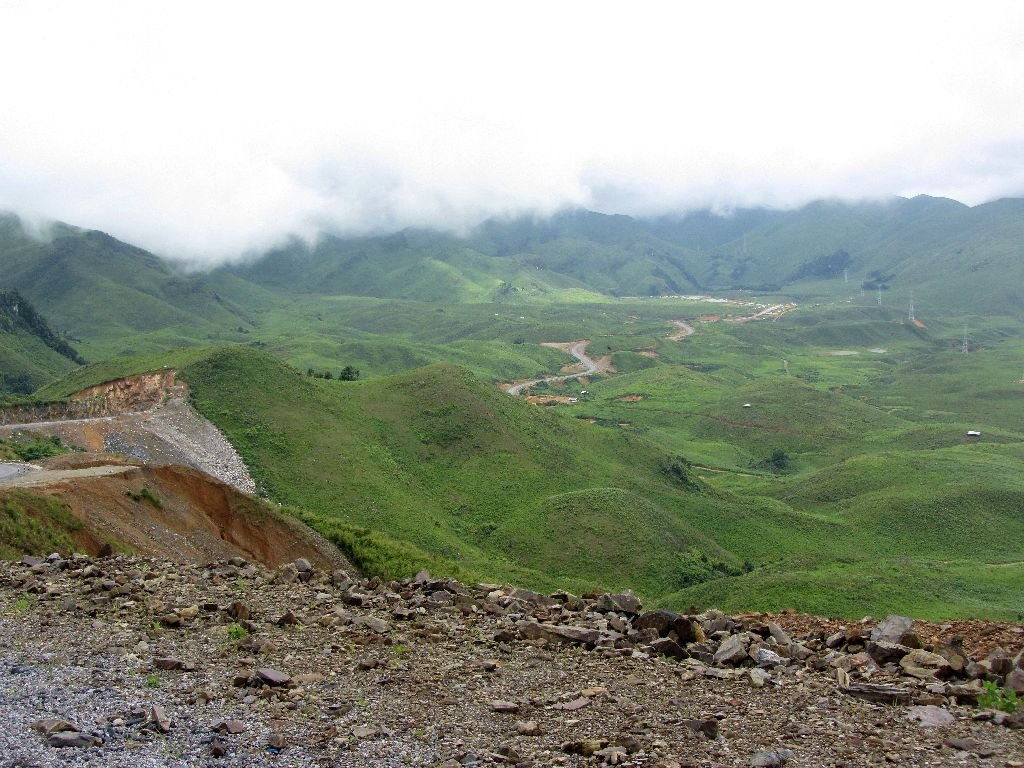
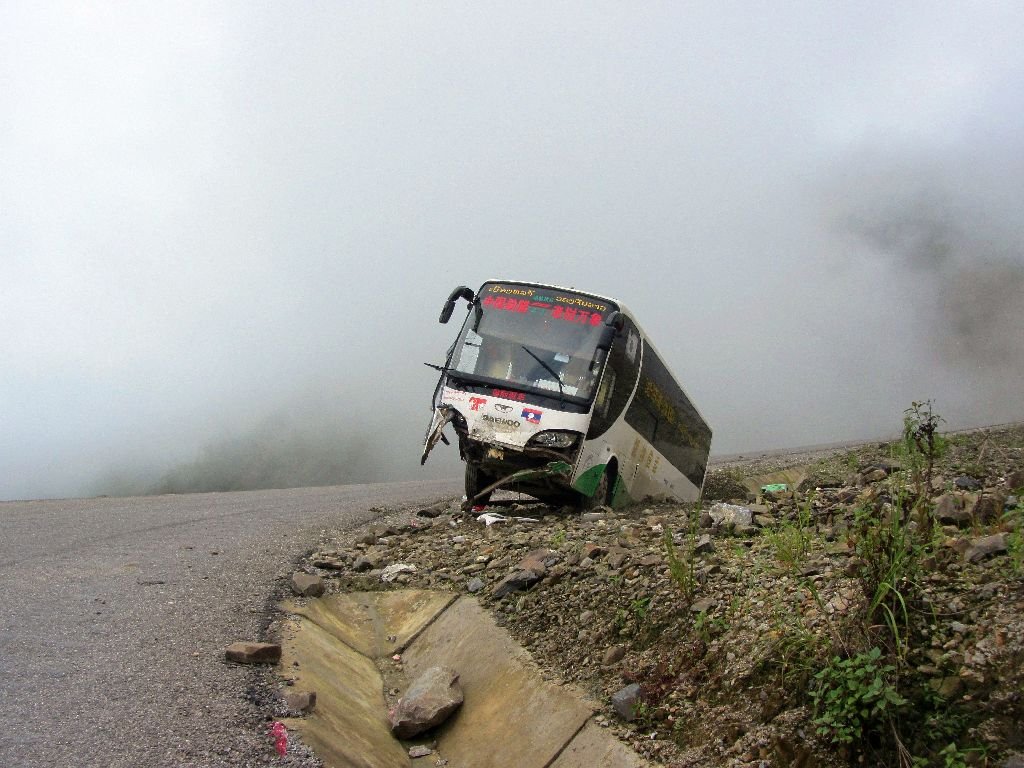

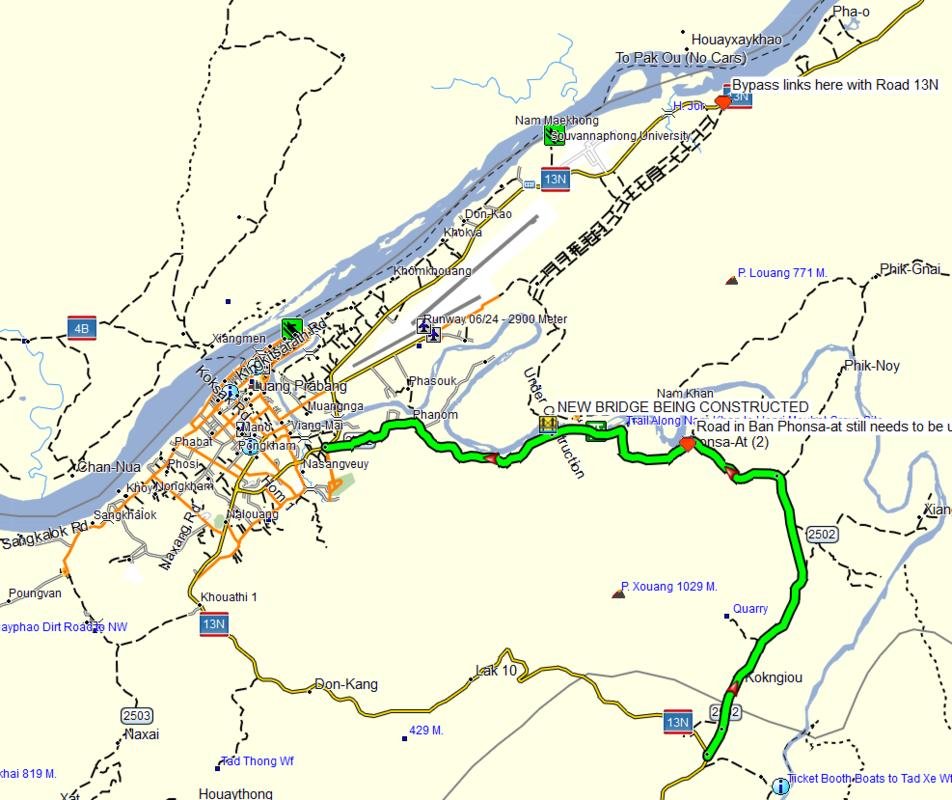
![IMG_5854[1].jpg IMG_5854[1].jpg](https://www.rideasia.net/motorcycle-forum/data/attachments/14/14835-dc765450a1e7d87f7632204c2a76d6c1.jpg)
![IMG_5856[1].jpg IMG_5856[1].jpg](https://www.rideasia.net/motorcycle-forum/data/attachments/14/14836-aa0766347bd0a6bae88b545e69b2dae3.jpg)
